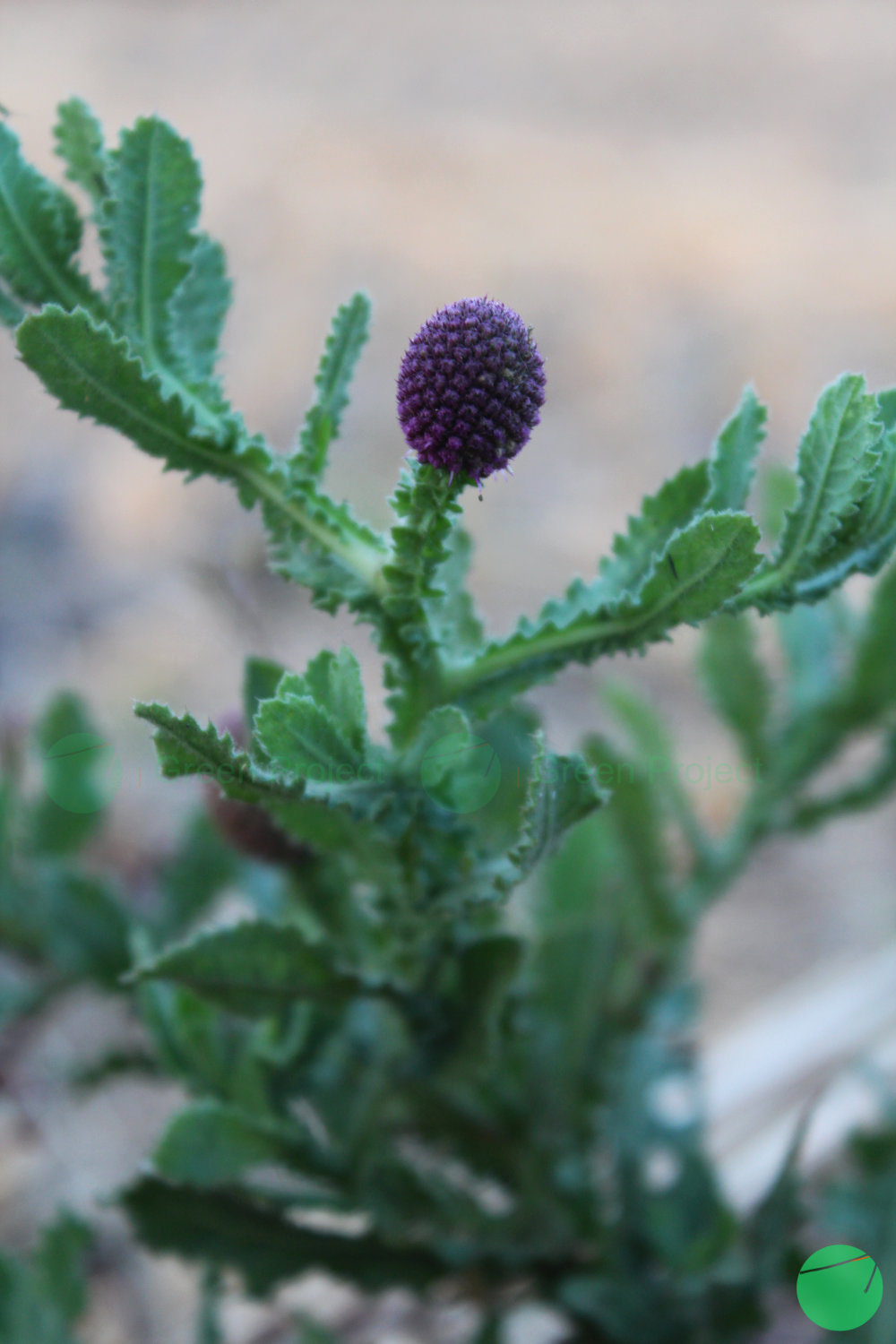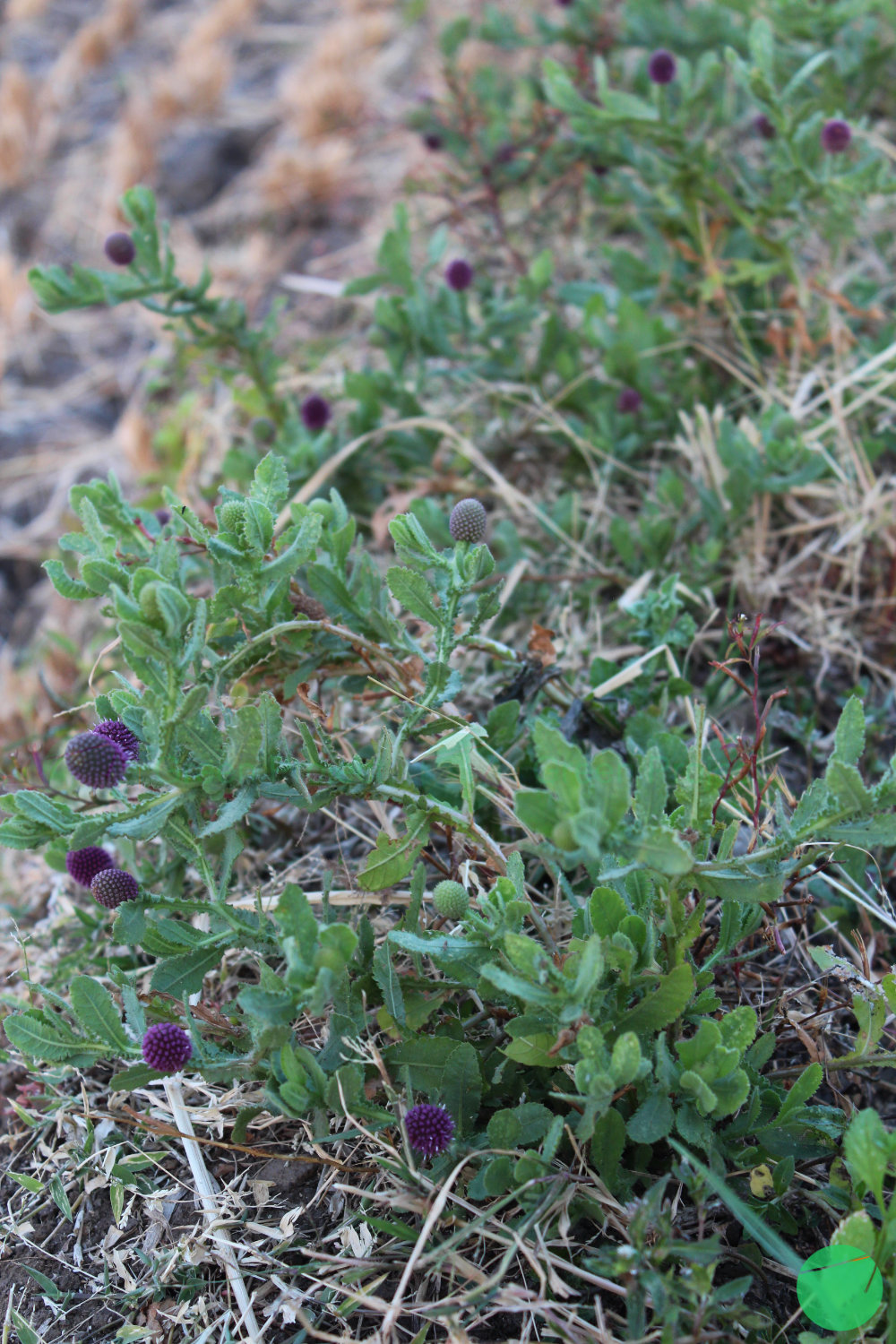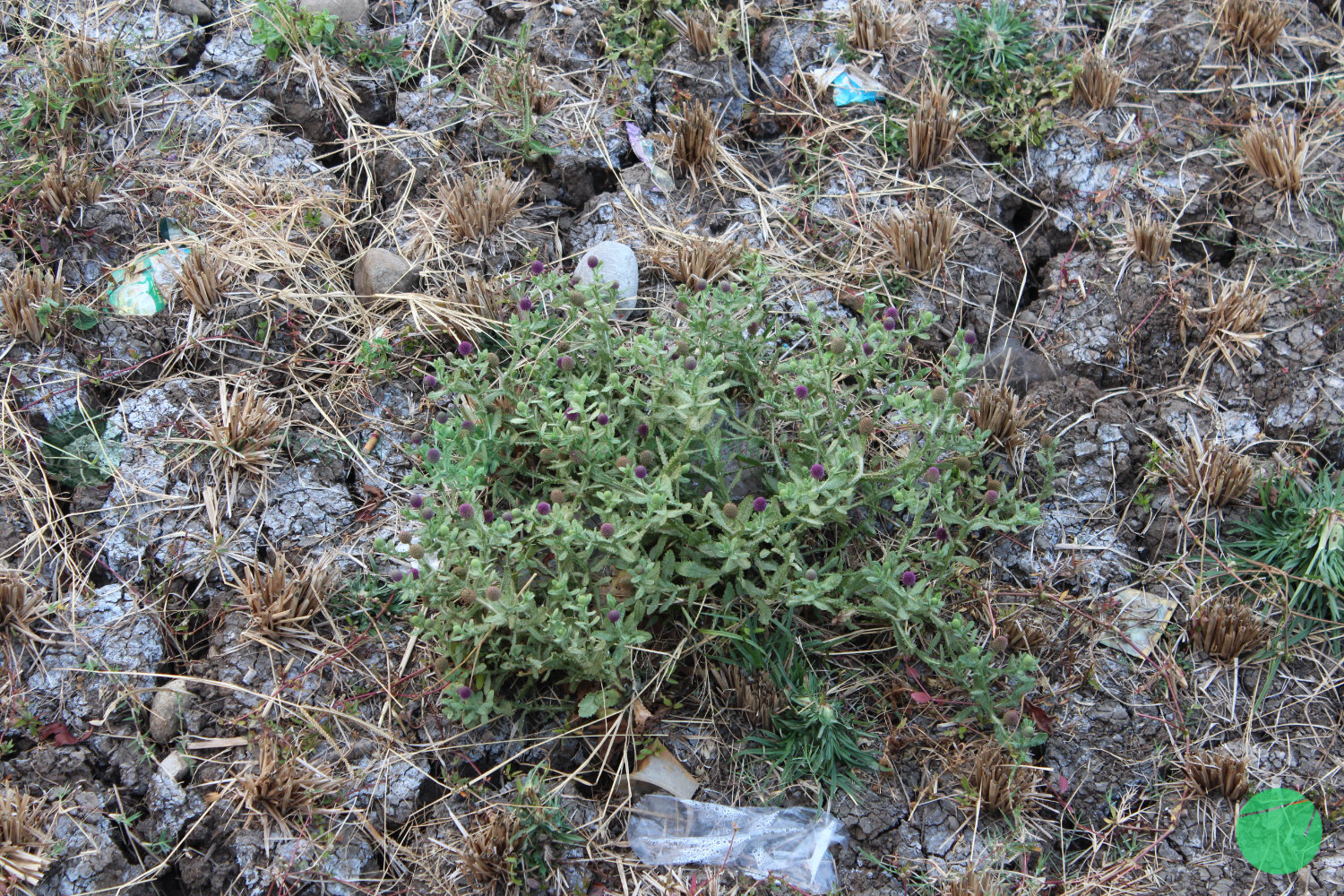Naming Identity
Sphaeranthus indicus or better known as sembung delan in Indonesia is internationally known as the East Indian globe thistle. In India this plant is known as mundi or mahamundi.
Taxonomy
Kingdom | Plantae |
Phylum | Tracheophyta |
Class | Magnoliopsida |
Order | Asterales |
Family | Asteraceae |
Genus | Sphaeranthus |
Species | Sphaeranthus indicus |

Origin and History of Discovery
East Indian globe thistle is a plant that originates from Australia, Africa, and tropical regions of Asia including Indonesia and India. The genus Sphaeranthus was discovered by Vailant in 1719 and in 1753 Linnaeus described S. indicus which has become the oldest and most popular species in the genus Sphaeranthus (W. Robyns, 1924).
Sub Species
A report written by Namrata G. Mahajan in 2015 mentioned several subspecies of Sphaeranthus that can be found in several countries. Among them are Sphaeranthus moli, Sphaeranthus microcephalus willd in Java, Sphaeranthus laevigatus wall - in Africa, Sphaeranthus suaveolens in France and Switzerland, Sphaeranthus hirtus willd and Sphaeranthus senegalensis (G. Mahajan et al., 2015).

Shape Description and Growth
East Indian globe thistle is a plant that can often be found on the edge of rice fields and has a distinctive aroma. This plant is considered a pest of rice plants.
Declared an annual herbaceous plant, East Indian globe thistle can grow with branches reaching up to 40 cm. The twigs spread to resemble wings with a toothed shape that is more or less covered with glandular hairs.
The leaves are oval, egg-shaped, narrow at the base and serrated. The flowers are purple and round egg-shaped with a compound head resting on a solitary glandular stalk with serrated wings.

Other Uses and Benefits of East Indian Globe Thistle for Health
In various traditional medicines in India it is said that the juice from this plant is a styptic medicine and is useful for liver and stomach problems. A decoction of the roots is used for chest pain, coughs, and intestinal complaints. The leaves are boiled with milk to treat coughs. Antituberculosis properties are also said to be present in this plant.
Another use of East Indian globe thistle is to prevent damage by insect pests during storage by mixing the plant with paddy and rice. As a herb, East Indian globe thistle is also used as fish poison. Even though it has been widely used by people in India as a traditional herb, not much research has been done on this plant.
In Indonesia itself, research has been carried out on East Indian globe thistle using it as a fungicide extract which can help cure leaf blight in potato plants. I Wayan Sunda stated that in general the application of a crude extract formulation of East Indian globe thistle (S. indicus) carried out in the field can suppress leaf blight attacks on potato plants only up to 61 days after planting.